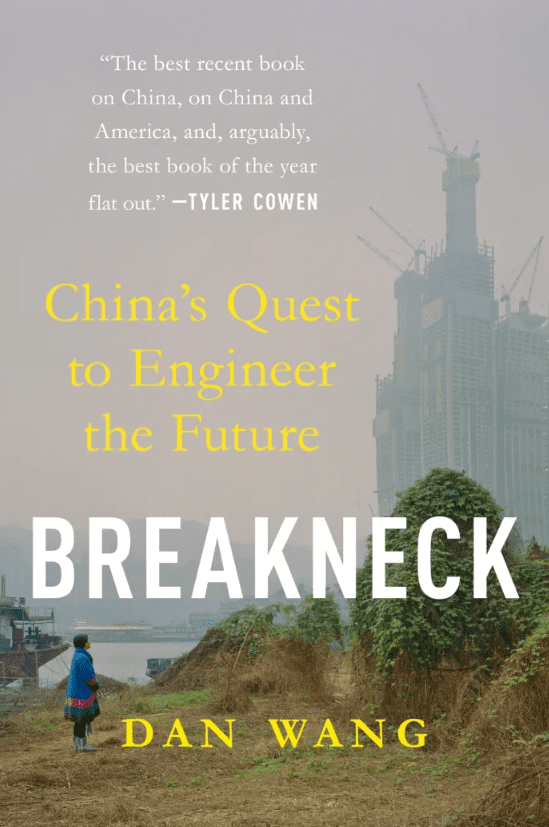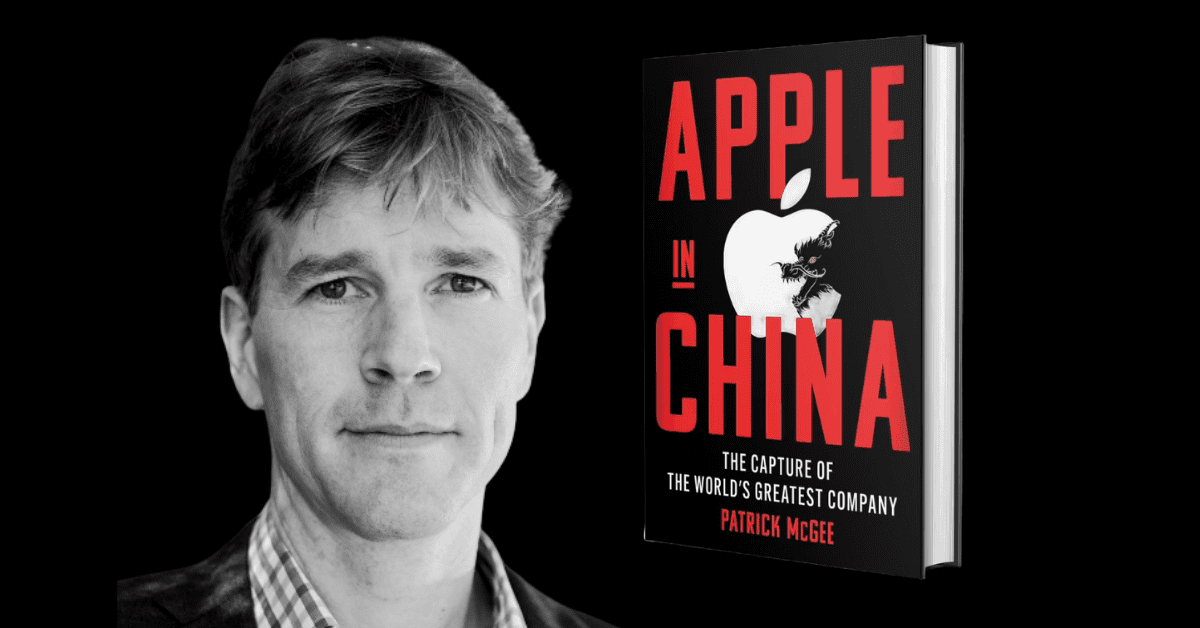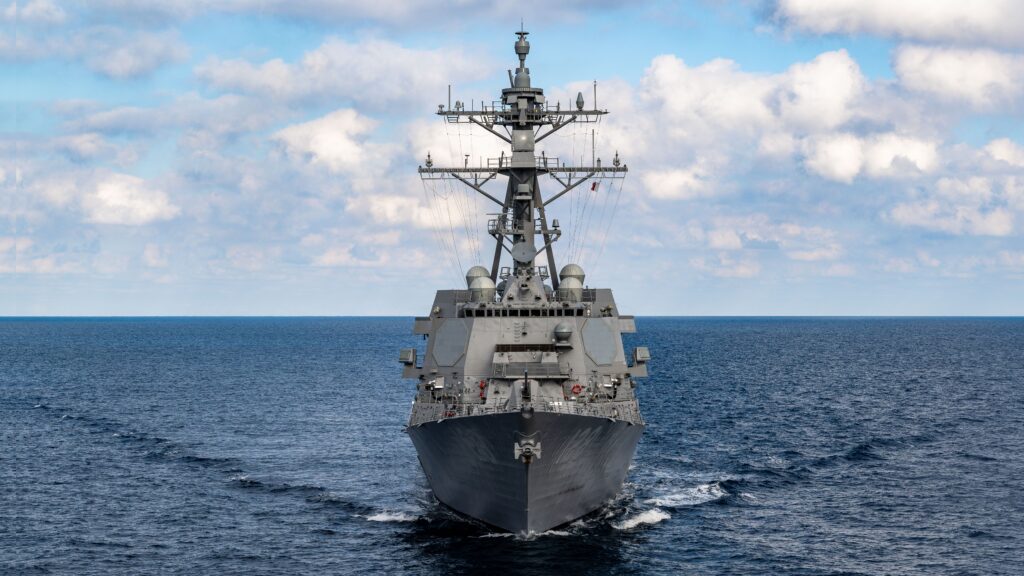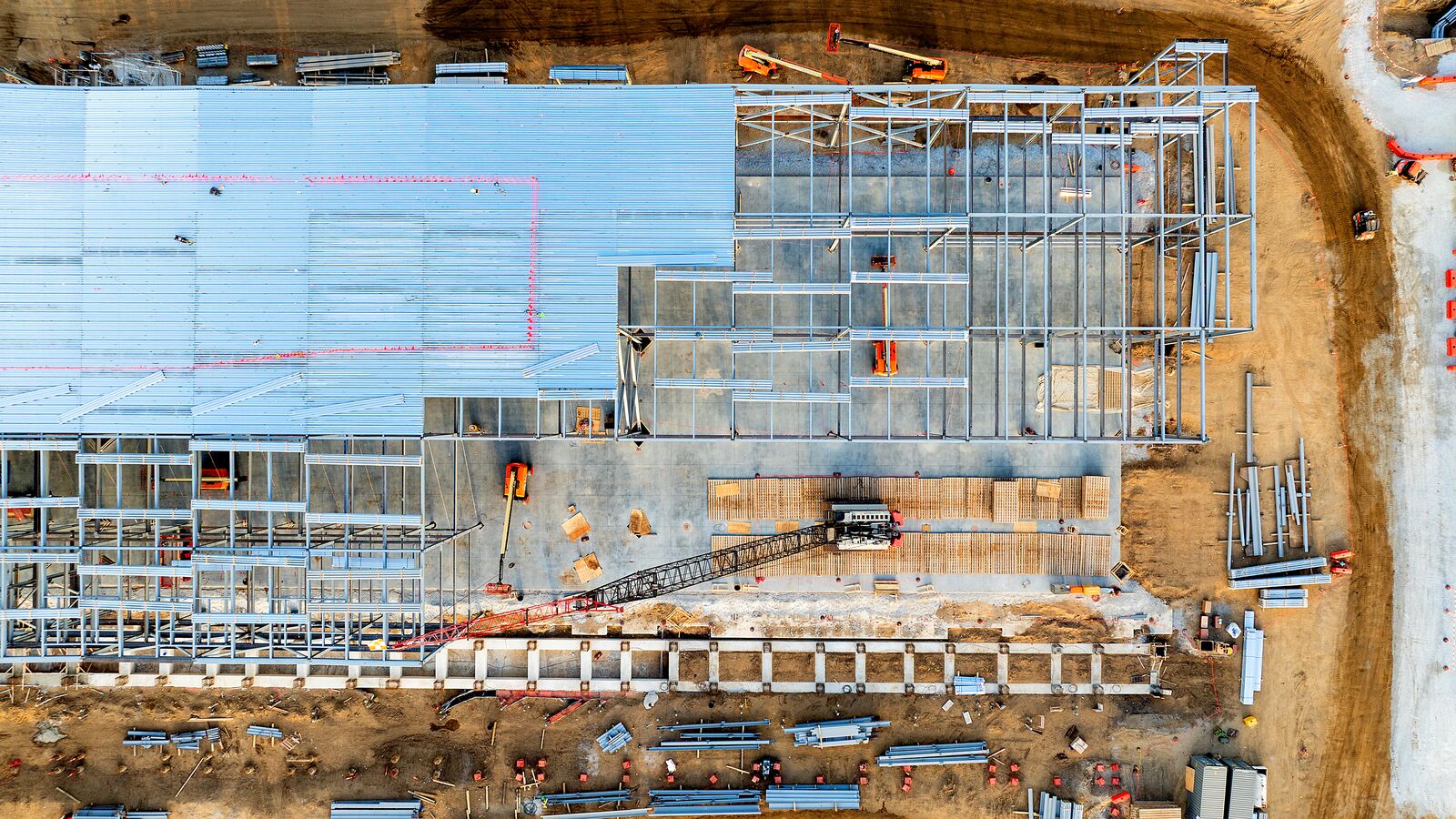
Ashby Foote
- Ashby Foote dives into “Breakneck – China’s Quest to Engineer the Future” by Dan Wang.
“Breakneck – China’s Quest to Engineer the Future” hit bookstores in August. It is an important book and should be a big wake-up call to national leaders, citizens and investors here and around the world. The author, Dan Wang, was born in China in 1992 and migrated at age 7 with his parents to Ottawa, Canada. From there his journey took him to Philadelphia, Columbia University and back to China as a technology analyst for Gavekal Dragonomics from 2017-2023, to serve as a fellow at the Yale Law School’s Paul Tsai China Center and now as a fellow at the Hoover Institute History Lab at Stanford.
The book’s thesis is found on page 2, “China is an engineering state, which can’t stop itself from building, facing off against America’s lawyerly society, which blocks everything it can.” This is a compelling framework with which to better understand today’s critical and contentious relationship between China and the U.S. China’s engineering mindset is by design with Deng Xiaoping and Xi Jinping both promoting engineers to the Politburo, the top echelon of China’s government.
Engineering is a critical skillset in creating the future. After all, the Seven Wonders of the World are all engineering masterpieces. For context, America’s remarkable engineering achievements in the early decades of the 20th century helped set its trajectory for global leadership; the Panama Canal, the Empire State building, the Golden Gate Bridge, the Hoover Dam, the fleets of planes, ships and tanks that won WWII, the Interstate Highway System and the transistor. The connection between great feats of engineering and global leadership is obvious.

But the book’s thesis suggests that America’s evolution towards a lawyerly society has empowered bureaucracy, permitting and NIMBY to the detriment of many great engineering opportunities. A good example not mentioned in the book is the Keystone Pipeline that has been tangled in a bureaucratic quagmire of infighting, red-tape and permitting for decades with millions invested and little to show for the time and money expended. During those same 20 years China built new cities of skyscrapers, ports, dams, refineries, bridges, super-highways and bullet trains. China’s Belt and Road Initiative expanded their influence and expertise across the Eastern hemisphere even as China was becoming the world’s leader in manufacturing processes.
Wang is right to point out that the heavy hand of China’s authoritarian leadership has a dark and dangerous side, often making life difficult and sometimes deadly for large swaths of its population. He is especially critical of the CCP’s One Child Policy that has left China with what could be an existential demographic crisis in the not-so-distant future.
“Breakneck” is a good companion to Patrick McGee’s “Apple In China” published earlier this year. Both books offer firsthand accounts from authors who lived inside the authoritarian engineering state that China has become. They both describe a Chinese economy far more sophisticated, flexible and developed than most Americans appreciate. Their insights are sobering and scary.
Ironically the UN, World Bank and Wikipedia still classify China as a ‘developing economy’ even as China now leads the world in manufacturing processes, refining, infrastructure construction and cheap dispatchable electricity which is a key component in the race for AI dominance. This is a serious case of cognitive dissonance for those institutions.
Read both books. It matters because the future of the world is at stake.










